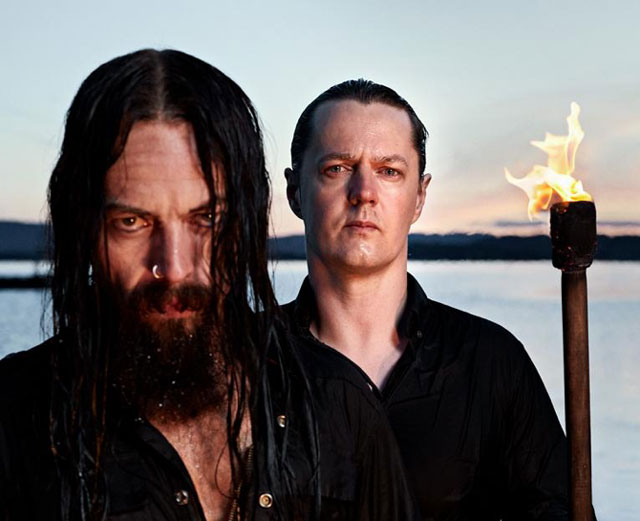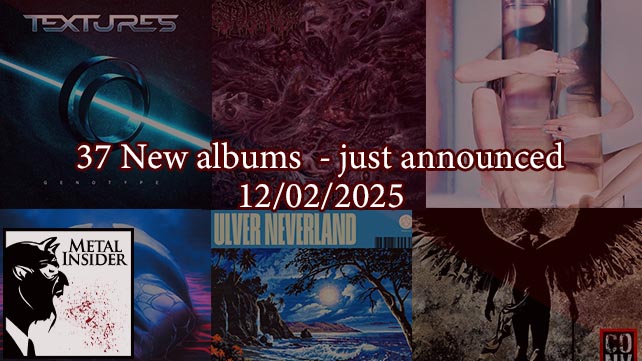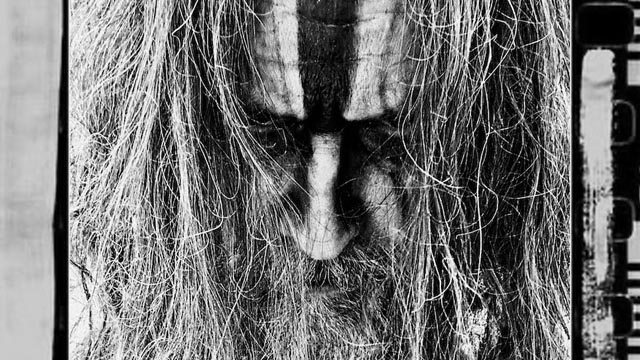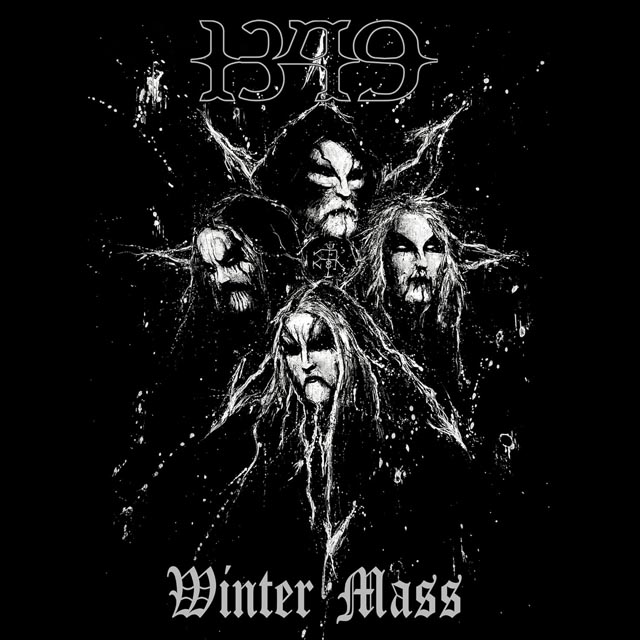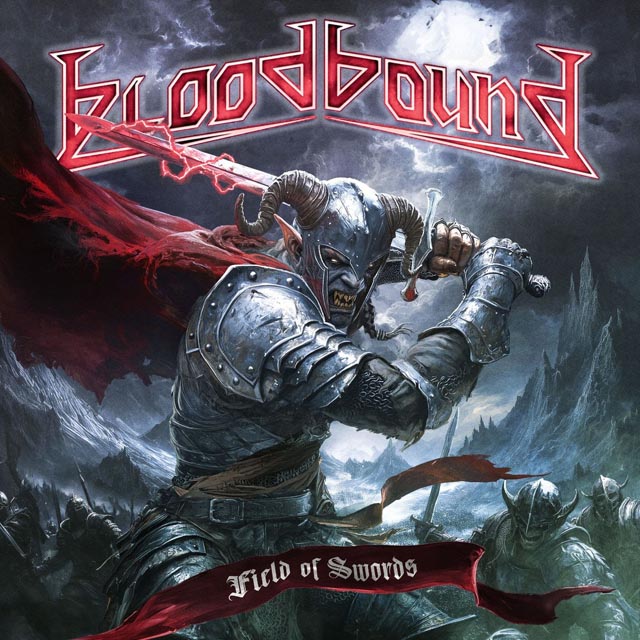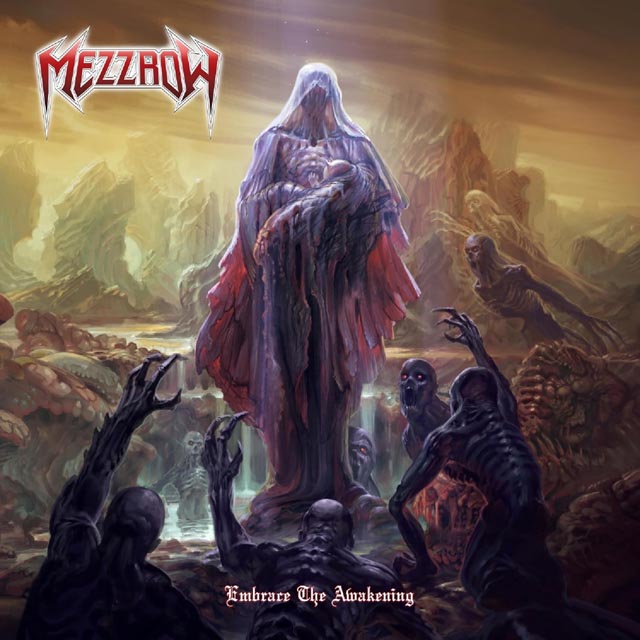![]()
Satyricon is a formidable, veteran Norwegian act that just keeps evolving and developing their sound and musicianship. It is this evolution that people in the black metal scene either generally love and admire or detest as they “stray” further from their 1990’s roots. I’m clearly in the former camp as I’ve enjoyed listening to Satyricon’s catalog from their cold and raw Dark Medieval Times breakthrough record all the way to 2014’s extremely underrated and brilliantly composed self-titled Satyricon. Their new record is released on Napalm Records and is entitled Deep Calleth Upon Deep.
Dark Medieval Times featured flutes, keyboards, acoustic guitars and a primal, early sound that was firmly entrenched in 1990’s Norway. This particular release on the now famous Moonfog Records was somewhat of a departure of their brutally riff-heavy All Evil from 1992. Even early on their career, some Scandinavian fans were enthralled by the demo and then surprised by the LP – and others felt the exact opposite. This is the paradox that Satyricon continues to reside in – just when you think you know what’s coming next, you really don’t. The exception might be the back to back black and roll sounding Now, Diabolical and The Age of Nero, which, quite honestly, were two records that took long-time fans by surprise but also initiated thousands into their global following. Oddly enough there was a time that MTV actually played music videos, and it is difficult to believe that the network that now features regular tales of teen pregnancy and the summer missteps of young New Yorkers in their early 20’s once featured “K.I.N.G.” in their rotation.
If you love the last three Satyricon records, you will undoubtedly be extremely pleased with Deep Calleth Upon Deep. Yes, this is further progression into their “black and roll” sound and somewhat significant distance from their raw, earlier sounds. Inevitably, this is going to bother the strong contingent of fans who still yearn for epic tracks like “Mother North” and Satyricon records released before the early 2000’s. With that being said, there are clear aspects of the early Satyricon on this record, most notably the tremolo picking that abounds in both “Midnight Serpent” and “Black Wings and Withering Gloom.” Similarly Frost provides traces of blistering fast accurate “Frost beats” in passages of new tracks throughout the record.
Is this Satyricon’s most accessible record? Short of the Edvard Munch cover, it might be. Certainly some of the songs from their previous s/t release were pop-oriented (even going so far as enlisting a pop singer on “Phoenix”), but its important to remember this – the poppier songs on Satyricon were pretty darn good – and still contained elements of Satyricon’s signature sound. In terms of the Munch cover art; that actually makes the record more accessible to the Norwegian population – less accessible to those outside of it. If you haven’t been to Oslo, Munch is highly influential in so many aspects of Eastern Norwegian culture and the Munch museum is a centerpiece of Oslo tourism and education. I’ve been to the Munch museum twice and it’s a beautiful institute that is appreciated by both the young and old. Americans might not understand the significance of the cover art used but to say that the US is still in Satyricon’s target market is pretty inaccurate. It wouldn’t surprise me if the band is completely finished with America.
Satyr’s lead work on Deep is rather unique. While Satyr has generally focused on heavy riff after heavy riff – rinse and repeat – this new record features some original lead work on top of the repetitive riffs. This gives Satyricon an additional layer of sound we really haven’t heard that much of short of some cuts on The Age of Nero.
Bass is more prominent on Deep, not something we are overly accustomed to. A standout in terms of a rather active bassline is the third track “To Your Brethren in the Dark.” It will be great to hear these new songs live with Anders Odden and his ample bass work. Odden provided the bass on the studio recording of this track and also added some guitar. I always liked Satyr’s studio guitar work but the addition of a veteran like Odden adds another texture to the composition.
Now I’m not going to say that this is Satyricon’s strongest work because it isn’t. But let’s also understand the reality of being a band with such a rich history and an amazingly strong and unique body of work. The Shadowthrone was an incredible record recorded at very special time in Norway’s metal scene. Nemesis Divina, of course, is one of the greatest metal records ever recorded. Even critics of their black and roll records have to admit that for the genre, those albums are very well done. The biggest knock on everything post Now Diabolical is that they are not traditional second wave black metal in their sound.
Songs like the “Ghost of Rome” have that gothic rock feel and might fit in well to major Hollywood film. Again, this is going to bother some, but let’s face it, so many black metal bands have many gothic elements in their work even if they refuse to say so. Are there some misses on this new record? Yes. “Dissonant” is a song that is just too repetitive and far too meandering with a painfully awkward opening. It just doesn’t work. The song desperately needs some integration of new material, revised phrasing and sonics to break it up. Luckily the song is followed up by “Black Wings and Withering Gloom” which is one of the best cuts on the record, and indeed will bring some fans back to the band’s early years. Frost doesn’t hold back on this song as much as others and Satyr ramps up the tremolo. The final song on the record, just beyond “Black Wings” is “Burial Rite.” Again, overall the song is a winner, but falls short of past black and roll greatness. Similar to much of the record, there is just too much repetition without enough lead work and too few hooks to keep the song interesting for its 5+ minute length.
With respect to the repetitiveness problems on many of the songs, I believe that the band needed another producer here and also needed to decide if they were going for pop/rock or if they were trying to stick to their black metal roots more. What we get is something that is, unfortunately, neither black metal nor a proper rock record. This is going to confuse many listeners and makes for, at times, a muddled listen. Now, I don’t want to say that this is a bad thing because Deep is an enjoyable record. With little hesitation I can say I’ll be listening to it a few hundred times on my way to work over the next few months. Will I be hitting the skip button? Unfortunately, yes. In a sense this record suffers from what appears to be some filler. That is rather disheartening.
Satyricon is at a clear crossroads here and while the new release is certainly worth a purchase, many listeners are going to realize that they’re spinning their wheels a bit. Further, Satyr’s comments and actions don’t make him particularly endearing. It’s difficult to get the Satyricon Fashion Show performance of 2011 out of one’s mind. His recent comments on the conflict in Israel are sorely misguided and demonstrate a massive amount of ignorance when it comes to actual history. Frost’s capitalistic foray into the Anti-Sweden jeans brands (oppressively expensive skinny jeans marketed to hipsters) certainly didn’t help matters either. For reasons like these (and others) Satyricon, and Satyr especially, has been viewed as an outsider by the rest of the Norwegian black metal scene at large. His lack of accessibility and apparent desire to become a rock star doesn’t fit with the rest of the black metal culture and this has been turning many off, especially in the Western part of Norway.
I’ll still be looking forward to new Satyricon records in the future, but I have to admit the last couple of years have taken the wind out of my sails. Too many other exciting bands in Norway right now. In terms of this record, while the bulk of the songs are quite good, I wish the band maybe took a bit longer to work on this and give us a couple of stronger tracks instead of the filler.





